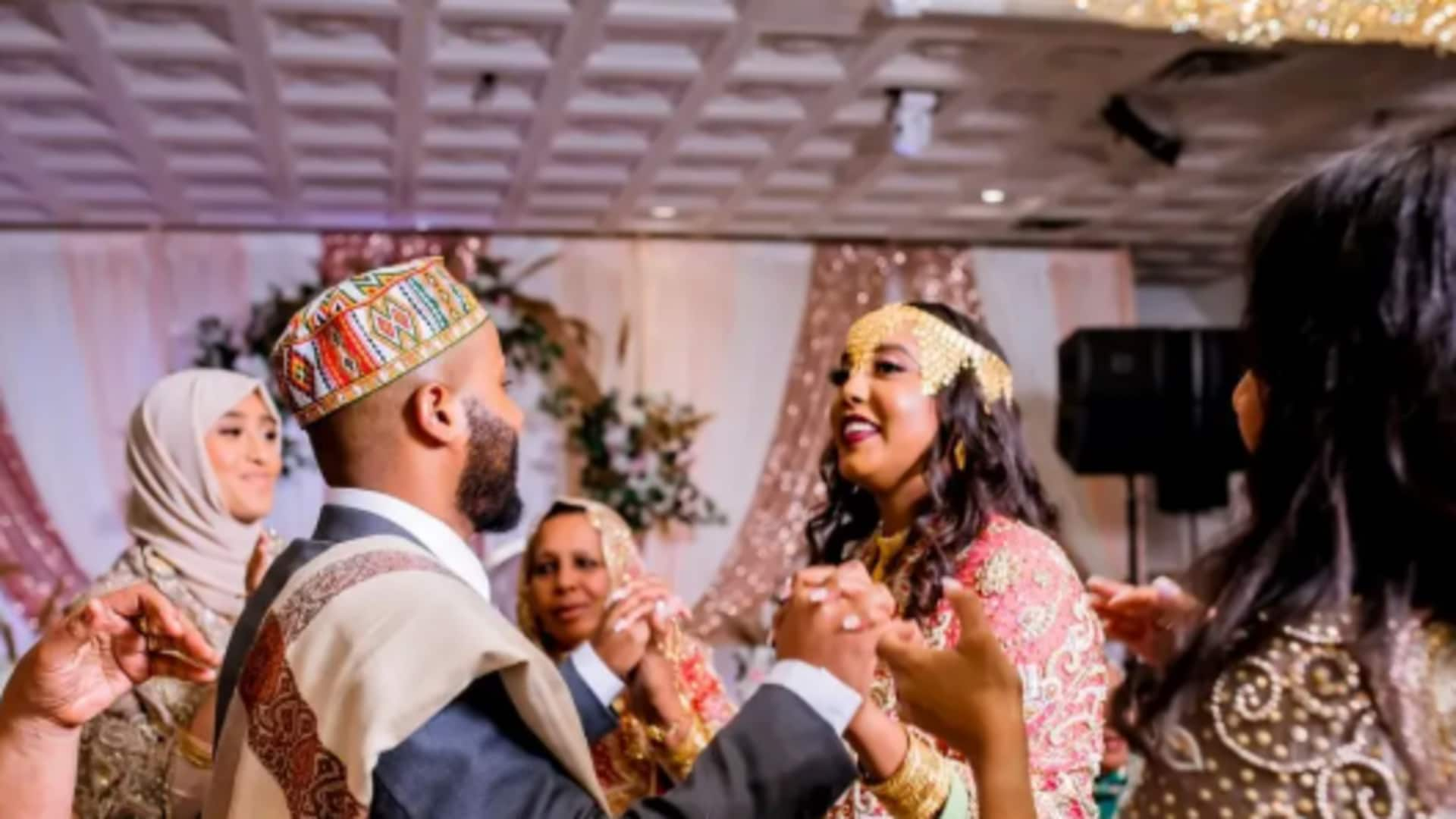
5 captivating Ethiopian wedding traditions
What's the story
Ethiopian weddings are a treasure trove of culture and traditions, giving you a fascinating insight into the country's colorful heritage. They are not just the marriage between two people but a celebration that brings together families and communities. From opulent rituals to meaningful gestures, Ethiopian weddings are adorned with customs that have been followed for years. Here are five enthralling traditions that make Ethiopian weddings unique.
Kelekel
The Kelekel Ceremony
The Kelekel ceremony marks the beginning of the wedding festivities. It's a formal introduction where both the families meet to discuss and agree on the marriage arrangements. Notably, this event is crucial as it sets the tone for mutual respect and understanding between the families. During this gathering, elders from both the sides play an important role in negotiating terms and ensuring everything's amicable.
Telosh
The telosh gift exchange
Telosh is an important pre-wedding tradition in which gifts are exchanged between families. The groom's family gives gifts to the bride's family as a token of goodwill and gratitude. The gifts generally include clothes, jewelry or household items that signify prosperity and happiness for the couple's future life together.
Melse
Melse: The after-wedding celebration
Melse is a private celebration that takes place after the main wedding ceremony, typically at night or on a separate day. It includes close family members and friends coming together to keep the festivities going with music, dance, and food. The event gives guests a chance to interact on a more personal level as they share stories of their encounters with love and marriage.
Habesha kemis
Traditional attire: Habesha kemis
The traditional attire worn during Ethiopian weddings is called Habesha Kemis for women and Kaba for men. These are made from handwoven cotton fabric with intricate patterns called Tibebs along borders or hems with bright colors such as gold or red threads. These symbolize joyfulness within a cultural context while keeping it elegant for the whole occasion.
Gursha
Groomsmen dance: Gursha
Gursha also refers to groomsmen dancing in sync with the groom himself, to show how united they all are. This energetic performance brings so much fun into the proceedings, that everyone has the time of their lives. There are no dull moments whatsoever in all the time spent together celebrating the happy occasion of marriage.